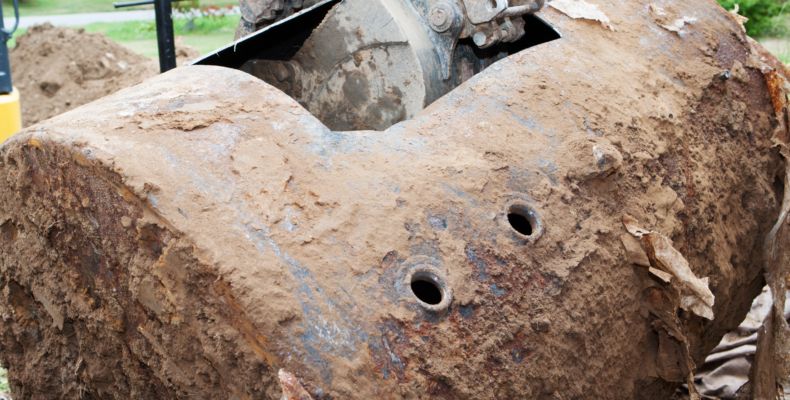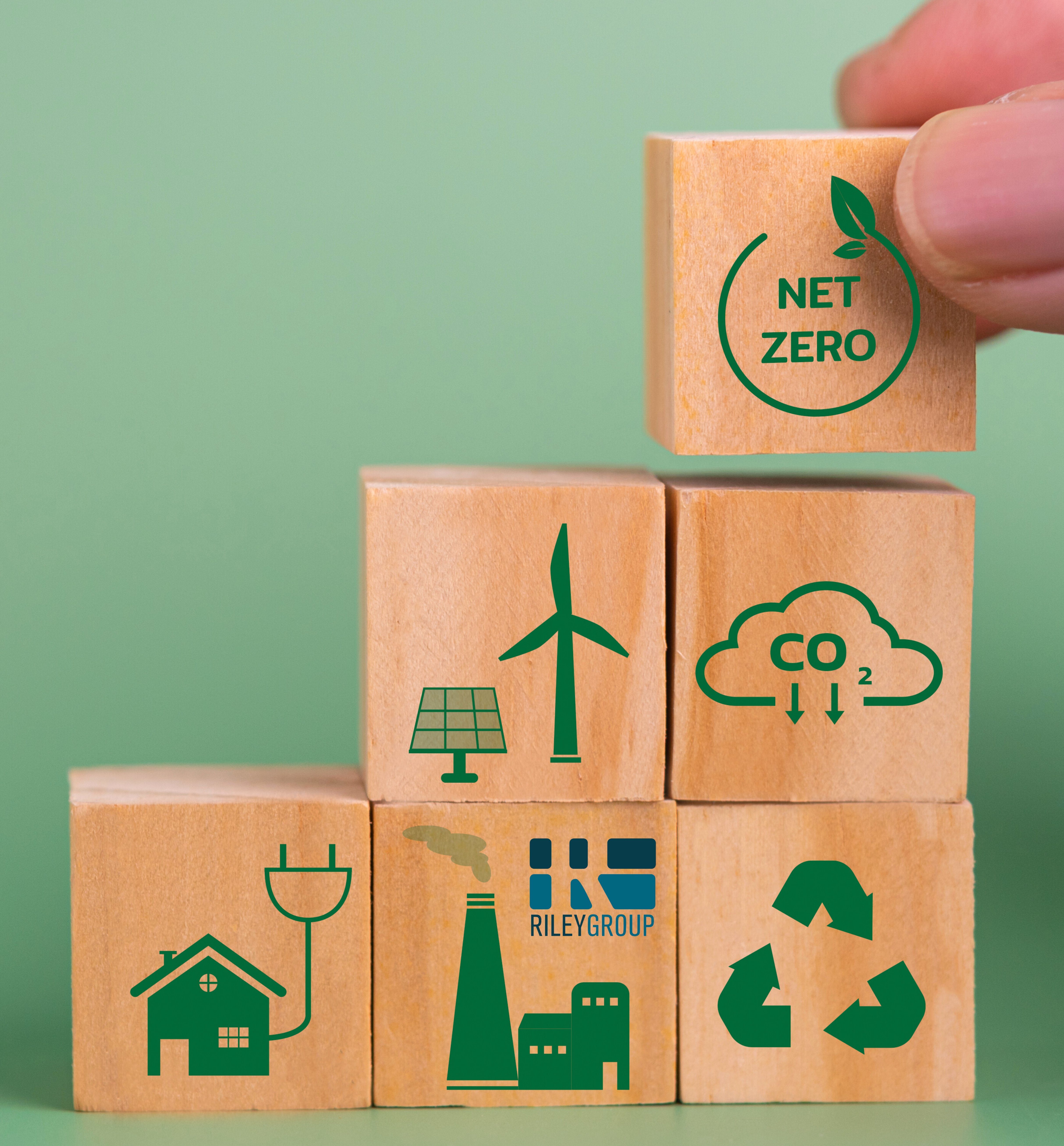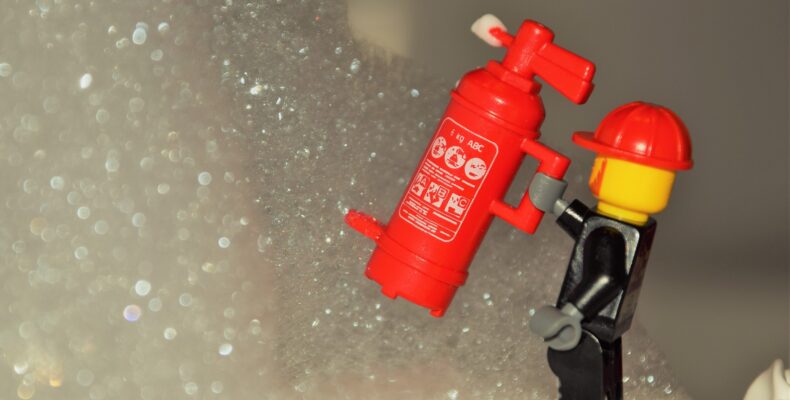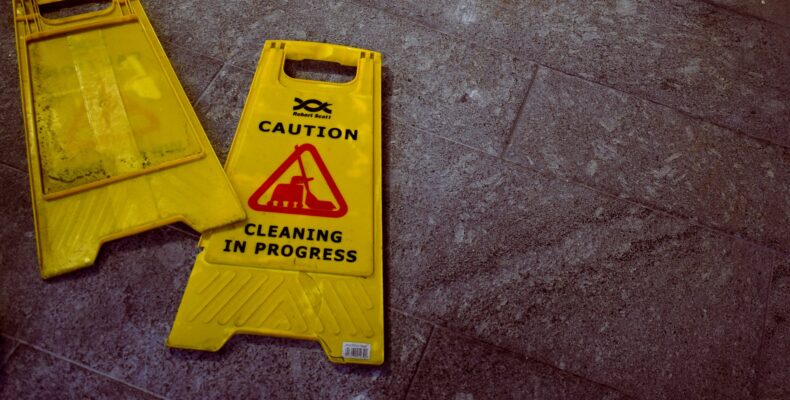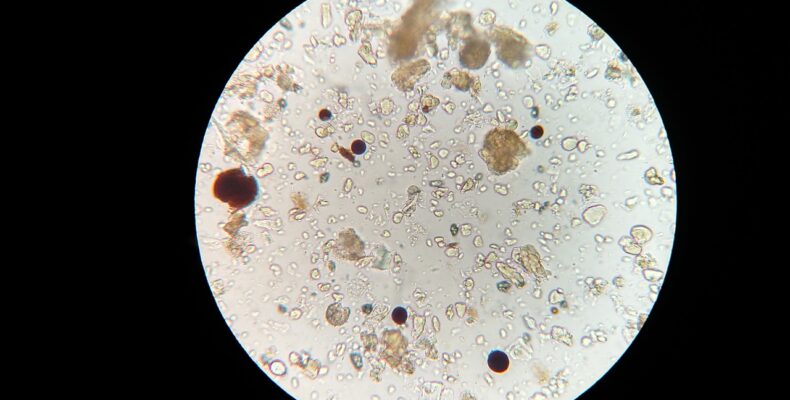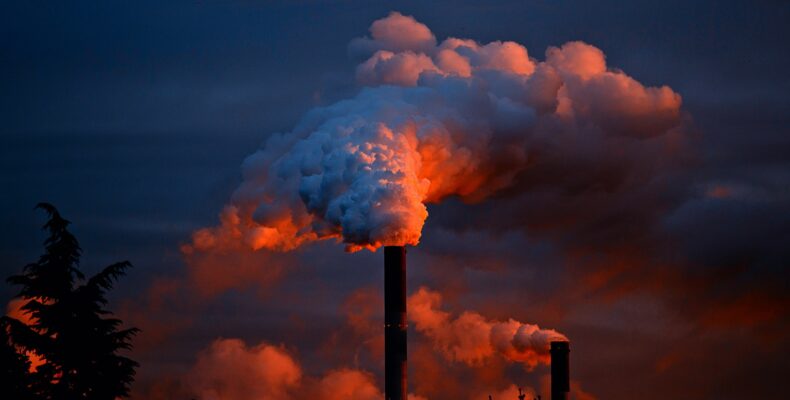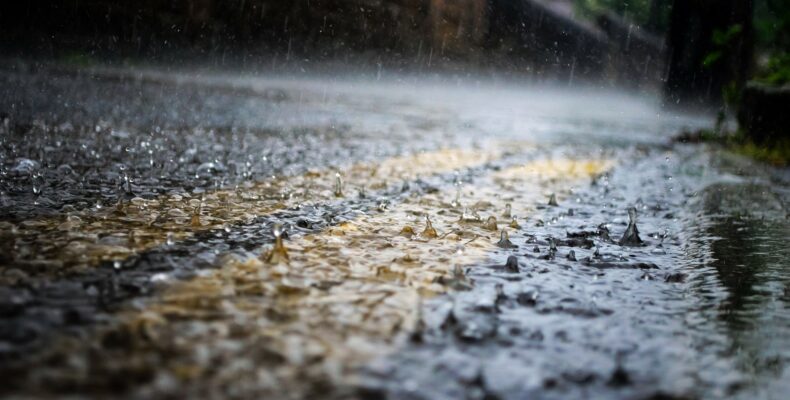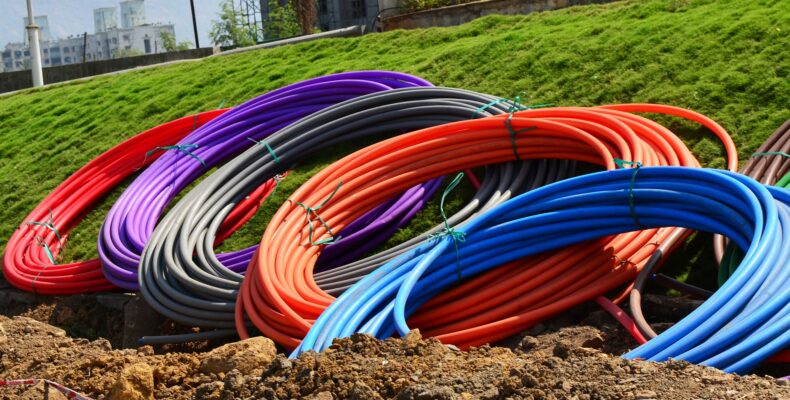by Jaycob Davies Underground storage tanks (USTs) are used across the country to store petroleum and other hazardous substances. USTs have been in use since the early 1900s and come in many forms and sizes. Due to the nature of the substances being stored within these tanks, a UST does…
Aging USTs: An Expensive Problem
